I want to give an update on F1. Two new formulas are on the horizon and can be used with current F1 workflows. But first, some info about current F1. As described it is a series of looks, with a film emulation power grade. The purpose is not to directly emulate a certain specific film stock (though it was developed to yield natural colors and tone that we associate with finished works, aka, the film look). The purpose is to have something that can work on any footage, in any scenario, and make great looking footage, that you can tune, or not, all while having a base in "the film look," aka.. a nice organic look, grain if you want it, etc.  I of course use F1 on everything, and often times I do not make any other adjustments outside of exposure. I cycle through the looks until I find the right one for the footage I am looking at. It is oftentimes 529. The reason for multiple looks is because sometimes 529 is not the exact right option, so you cycle through and find the right one. This is standard look development, and any kind of development really. Try some stuff out. There isn't one single roof that works on every single house. Sometimes you want a little bit of a non standard highlight rolloff, sometimes you do not, and sometimes night time footage needs something different. F1 makes sure that whatever house you are building, there is a roof to fit. The reason that there is not an "F1_500T" for example is because 500T can look one of a million different ways, "straight out of camera." It is somewhat unrealistic to say.. "Here is a 500T Lut."
I of course use F1 on everything, and often times I do not make any other adjustments outside of exposure. I cycle through the looks until I find the right one for the footage I am looking at. It is oftentimes 529. The reason for multiple looks is because sometimes 529 is not the exact right option, so you cycle through and find the right one. This is standard look development, and any kind of development really. Try some stuff out. There isn't one single roof that works on every single house. Sometimes you want a little bit of a non standard highlight rolloff, sometimes you do not, and sometimes night time footage needs something different. F1 makes sure that whatever house you are building, there is a roof to fit. The reason that there is not an "F1_500T" for example is because 500T can look one of a million different ways, "straight out of camera." It is somewhat unrealistic to say.. "Here is a 500T Lut."
But, I have received a number of requests for direct emulations, which I do have. I do believe that current F1 is a stronger starting point (and often times ending point) than "making your footage look like 500T," but I am considering releasing some direct emulations. We will see. This is because film right off the scan... stills needs a lot of love. The grain and color are great, but only once handled properly. F1 takes care of "handling" digital images, and pushes them to a polished look that doesn't need much extra work, based on what we see in film. To provide a true film emulation, for a specific stock, would be similar to ordering an ice cream cone without the cone, or a dish, or anything to hold it. Then you find yourself in the same position as you were before you even started. No ice cream. Also, you shoot 50D out in the sun, and 500T in the studio because of the sensitivity, not the look (usually). Movies will use all sorts of stocks, but you cannot pick out which scene is which, nor are you meant to (usually).
Here is a frame from 35mm 200T, "SOOC," shot under tungsten lights: 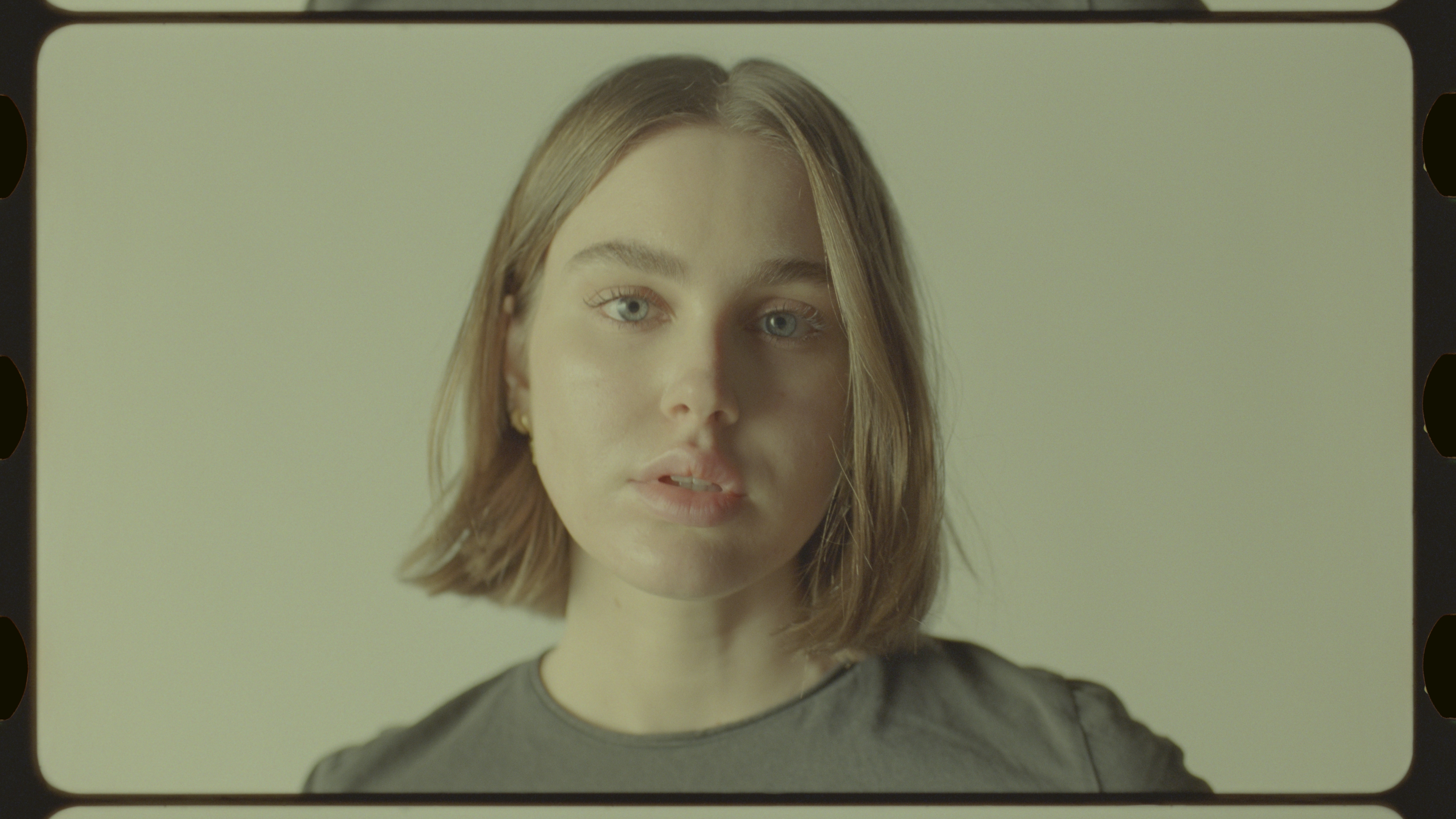
Here is a standard rec709 conversion: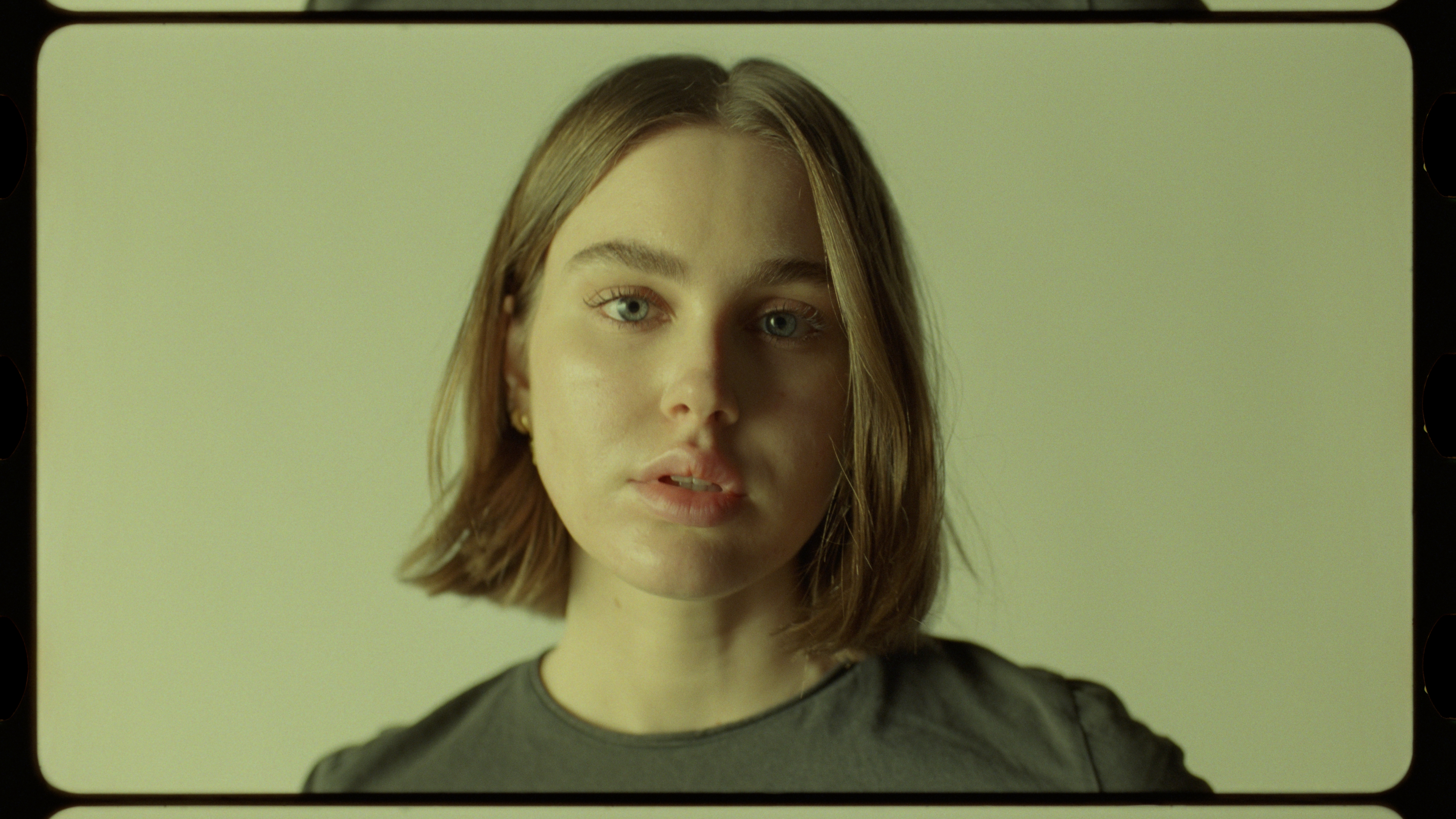
Balanced, and saturation adjustment: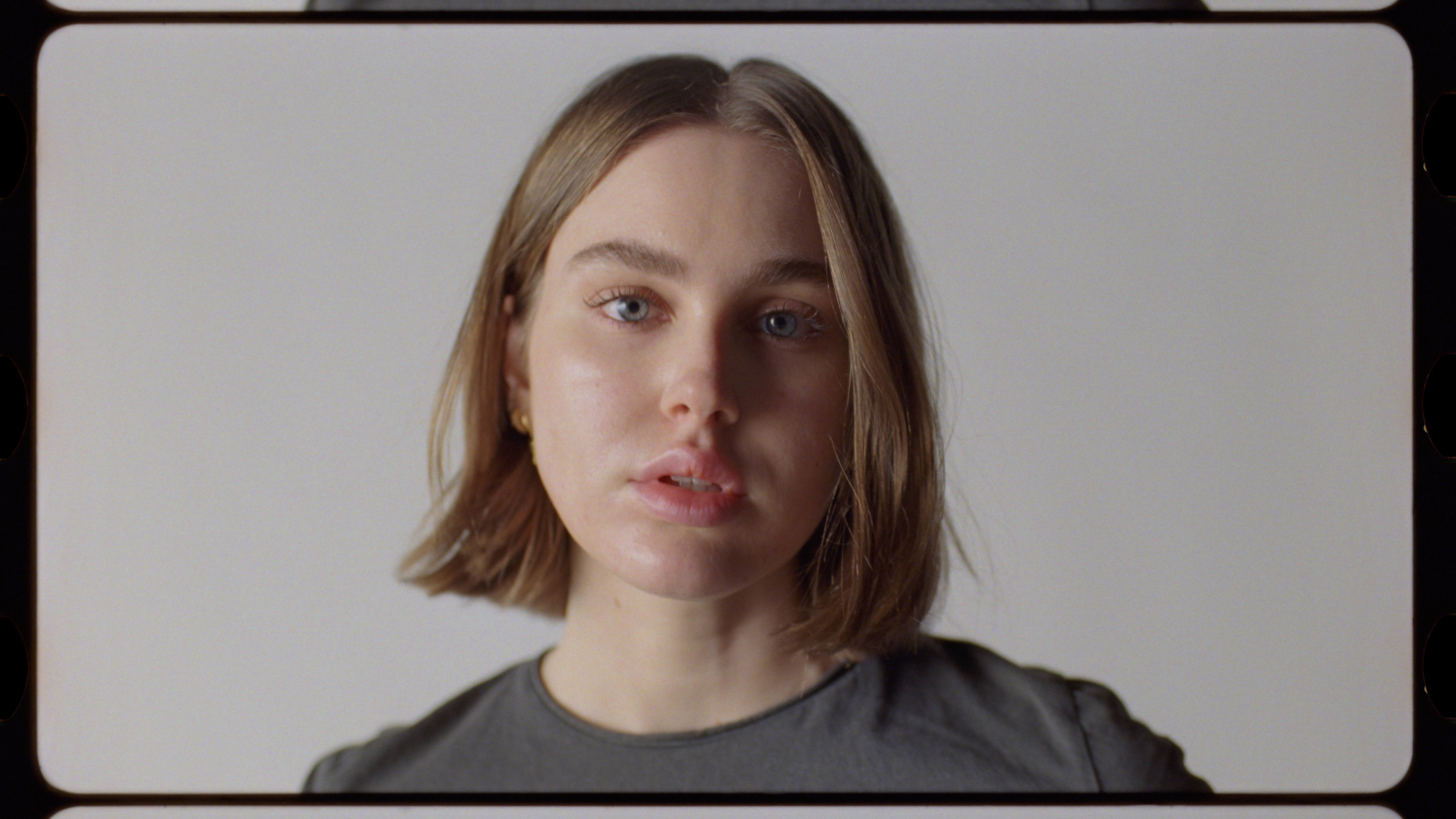
Print film emulation: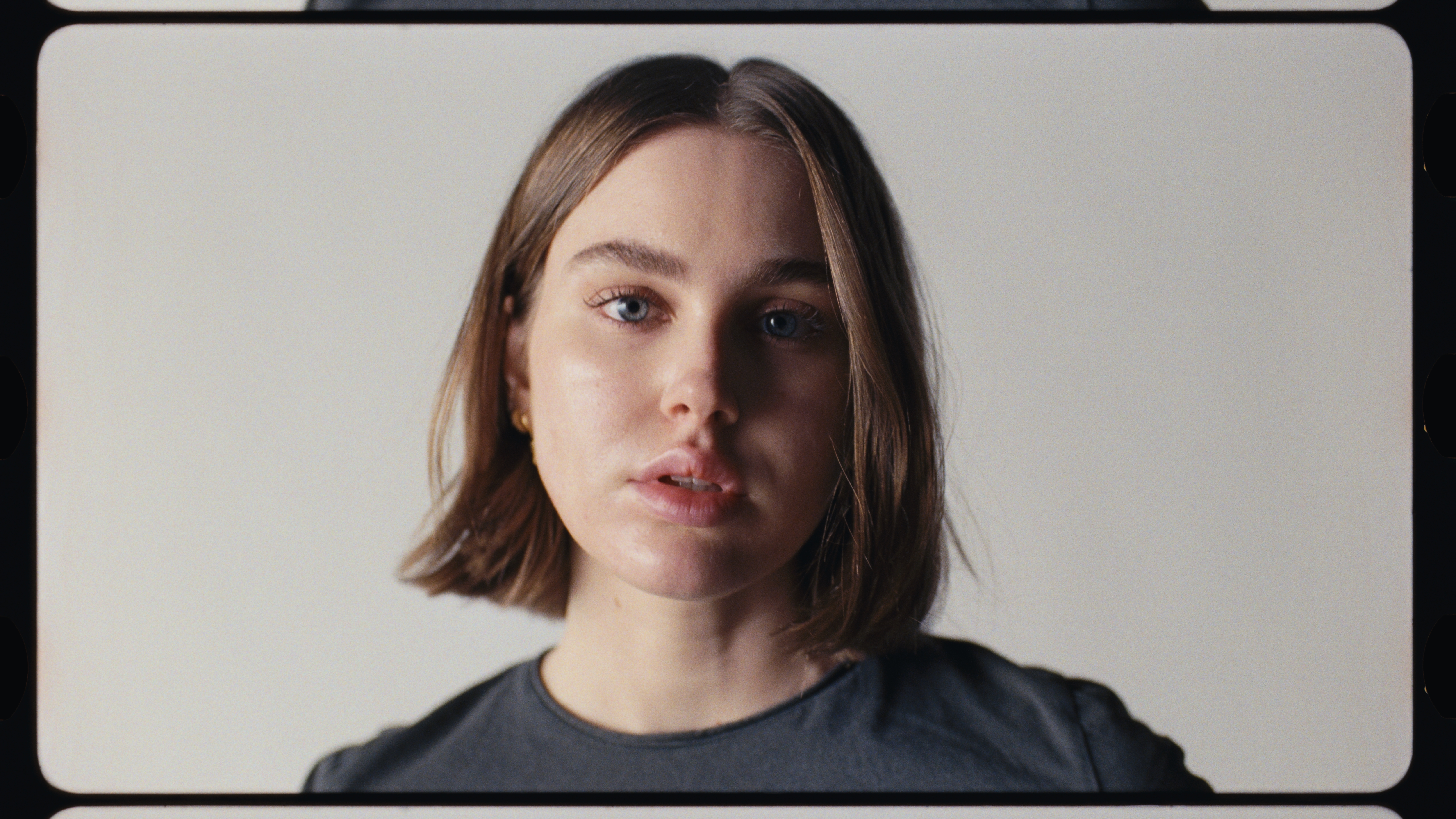
Another look:
You can click all of these and see the full 6.5k glory.
Which one do we want? It totally depends. Film, like digital can end up looking any way we could possibly imagine, and behaves differently than digital during capture, development, and scanning. Different labs look different. Different scanners look different. The goal is to apply a base look, and go from there, and when the base look looks good, that is a good starting, and sometimes ending point. I have found it useful to use specific stock emulations as an intermediate step, to make your footage actually look like the cineon log, and then go from there, so you can choose to go with a print film look, or a more standard "normal" look, which is sometimes needed. But to say "this will make your digital footage look like 500T," is a disrespectful thing to say. If during my QC checks I land on something that makes footage look good, I will share it. The direct emulations will be a little more of an advanced pipeline than applying a finishing look, but still fun, and that's the point of all of this.
This brings me to the menu monster in the room: Sony. Because of the fact that I have a sony camera, and an alexa, and have had them both for many years, and have done many shoots with both of them, sometimes side by side, it is only natural that I have built a match. Unlike film, sony footage looks like sony footage. It is easier to tackle when making matches because it does not go through a physical development process, or scanning process that differs from lab to lab. So next up is an slog3 > arri logc conversion. I think it's done.. i mean I've been using it for a long time, just one more final check. I will likely make a youtube video about this. There will be at least 2 options included, one that will replace a CST, and one that will be a 709 conversion. Lately I have been doing a wild thing, and converting some things to 709, and placing a 709 version of F1 over that.. and fading it to taste. Some may say don't do this.. but you can do it. I promise :)
Here is an slog3 shot, CST to arri log C, with arri's official lut: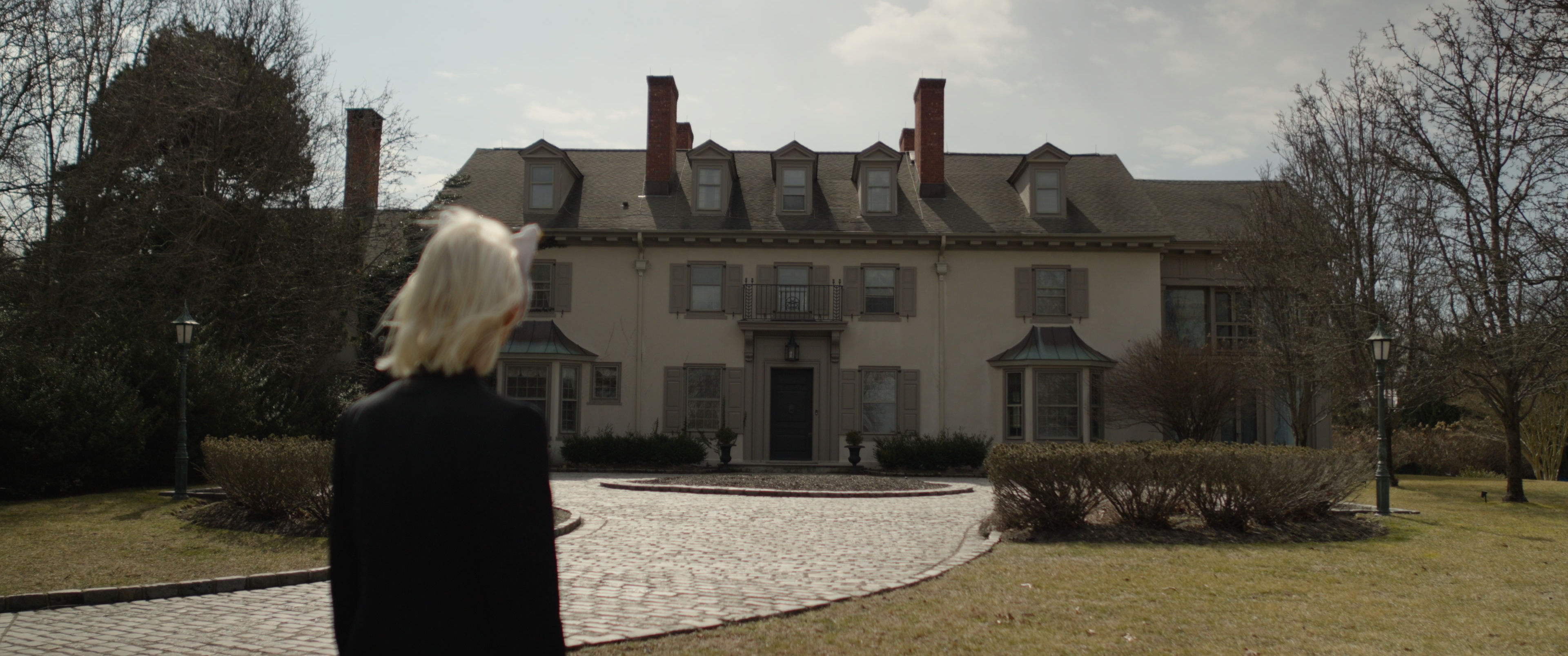
and here is that same shot, with a WIP custom CST, with arri's official lut: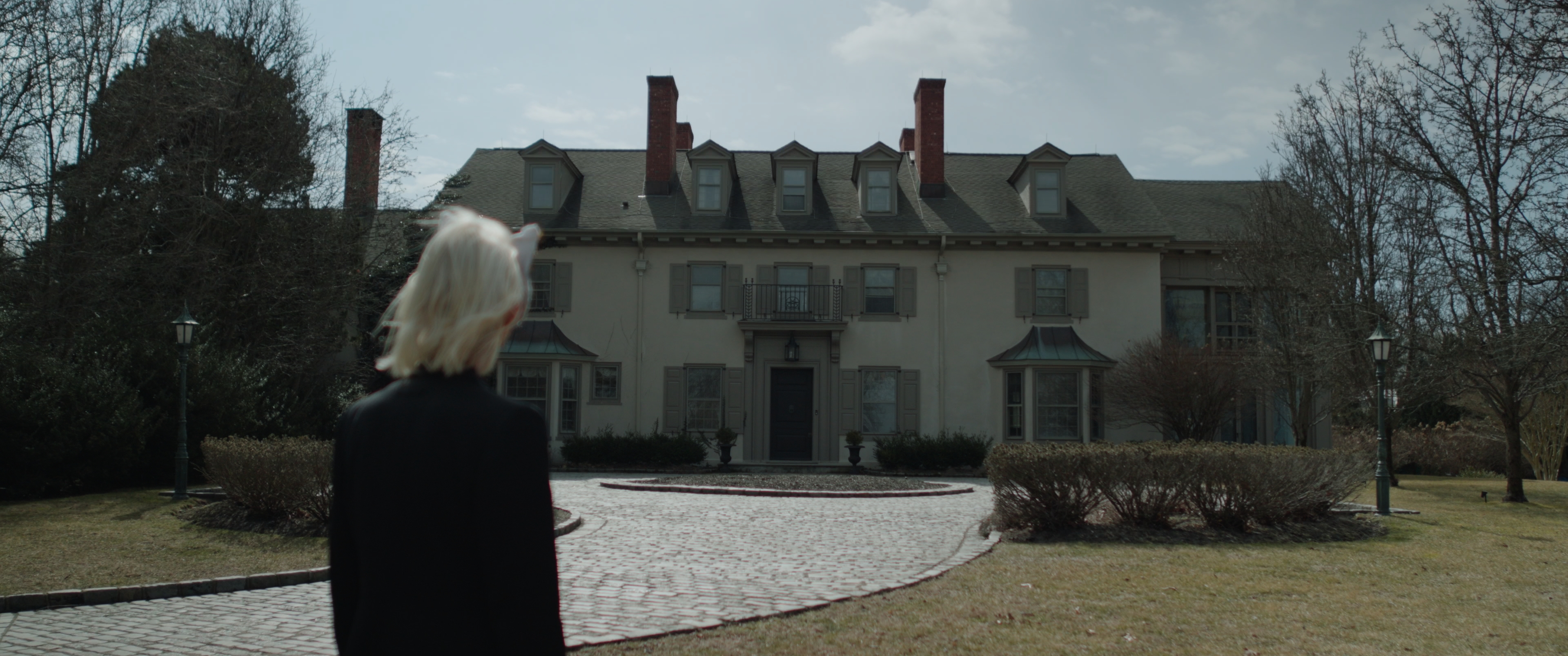
blue skies... green grass. that's all we really need.
There are elements in the Sony color that i disagree with, and have handled those in the match. More on this soon, and an additional post here and on YT when this is up.
Both of these elements will be additional products, but if you have F1 you will get a nice discount. The price of F1 will also likely go up soon, just a heads up.
I will discuss more here about grading as well as looking closely at images. Unless I wake up tomorrow and decide that I don't like being a blogger.
disregard any typos, or anything that is messed up.
More private resolve videos are due as well. lot to do.
✌️
